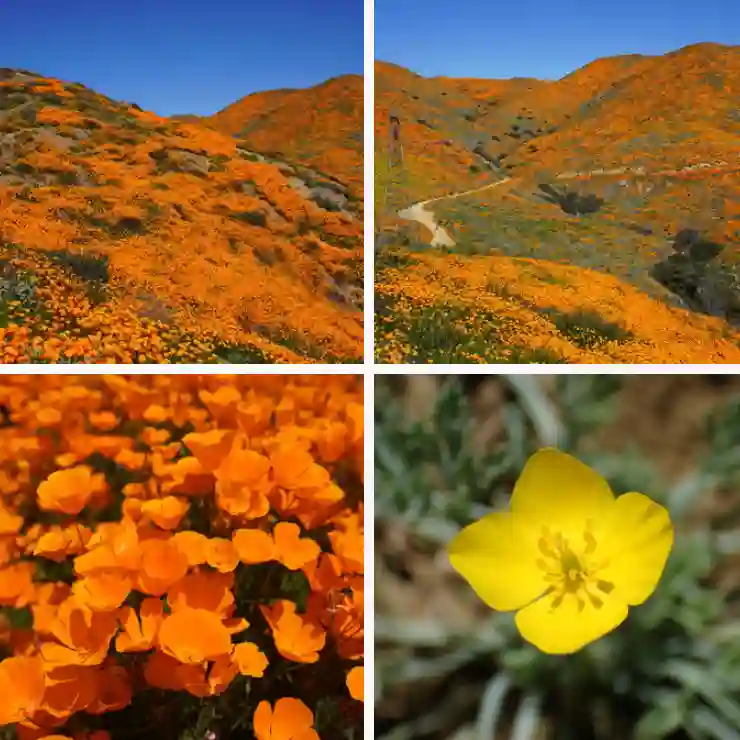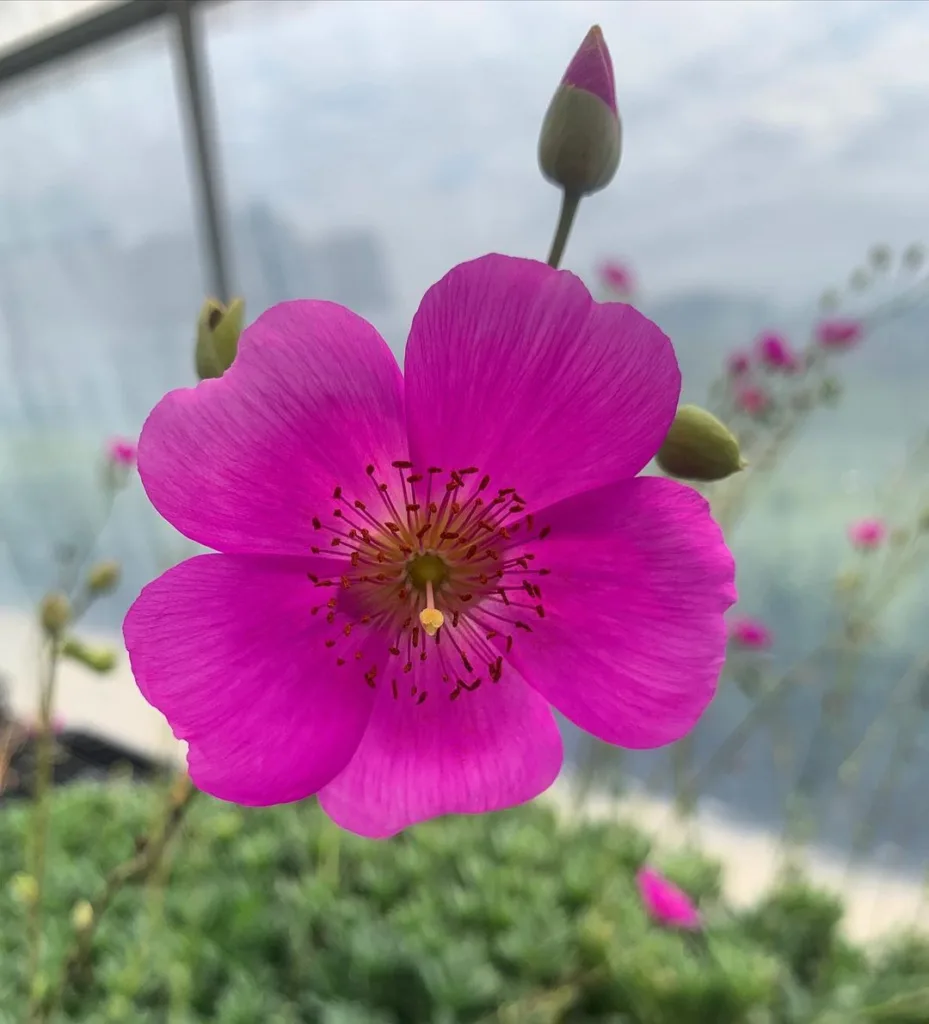My Fascination with Gasteria
I’ve always been drawn to the unique and the intriguing, and in the world of succulents, few plants capture those qualities quite like the Gasteria from the Asphodelaceae family. These South African natives, with their thick, fleshy leaves and unusual flowers, have completely captivated me.
Their common name, “ox tongue,” gives you a pretty good picture of what to expect. The leaves are often tongue-shaped, rough to the touch, and come in a variety of fascinating shapes and patterns. Some species have smooth, dark green leaves, while others are speckled with white bumps or have warty textures. It’s this diversity that first caught my eye and sparked my interest in these fascinating plants.
A Closer Look at Gasteria
What truly sets Gasteria apart, though, are the flowers. Unlike the typical, upright blooms of many succulents, Gasteria flowers dangle from curved, almost horizontal stems, resembling tiny, brightly colored stomachs. This unique shape is actually where the genus gets its name – “Gasteria” comes from the Greek word “gaster,” meaning stomach. The flowers themselves are typically pink, orange, or red, and add a splash of vibrant color to the otherwise muted tones of the plant.
But it’s not just their appearance that I find appealing. Gasteria are incredibly low-maintenance plants, thriving in bright, indirect light and requiring minimal watering. This makes them perfect for both experienced succulent enthusiasts and those just starting their plant journey. I’ve found them to be quite forgiving, tolerating a bit of neglect here and there, which is perfect for someone with a busy schedule like me.
Exploring the Diversity of Gasteria
The genus Gasteria isn’t particularly large, but it boasts a wonderful variety of species, each with its own distinct characteristics:
- Gasteria acinacifolia: This species has smooth, dark green leaves that can grow up to a foot long. It’s one of the larger Gasteria species and makes quite a statement.
- Gasteria glomerata: A compact species with short, chunky leaves arranged in a rosette. It’s a popular choice for those with limited space.
- Gasteria batesiana: This species has triangular leaves that form a spiral pattern. It’s a slow-growing but rewarding plant to cultivate.
- Gasteria carinata: This one has keeled leaves with a distinct ridge running down the center. It’s a very architectural plant with a strong, geometric presence.
- Gasteria barbae van Jaarsv.
- Gasteria baylissiana Rauh
- Gasteria brachyphylla (Salm-Dyck) van Jaarsv.
- Gasteria camillae van Jaarsv. & Molteno
- Gasteria croucheri (Hook.f.) Baker
- Gasteria disticha (L.) Haw.
- Gasteria doreeniae van Jaarsv. & A.E.van Wyk
- Gasteria ellaphieae van Jaarsv.
- Gasteria excelsa Baker
- Gasteria glauca van Jaarsv.
- Gasteria koenii van Jaarsv.
- Gasteria langebergensis (van Jaarsv.) van Jaarsv. & Zonn.
- Gasteria loedolffiae van Jaarsv.
- Gasteria nitida (Salm-Dyck) Haw.
- Gasteria obliqua (Aiton) Duval
- Gasteria pillansii Kensit
- Gasteria polita van Jaarsv.
- Gasteria pulchra (Aiton) Haw.
- Gasteria rawlinsonii Oberm.
- Gasteria tukhelensis van Jaarsv.
- Gasteria visserii van Jaarsv.
- Gasteria vlokii van Jaarsv.
The Joys of Cultivating Gasteria
Beyond their aesthetic appeal, I find great satisfaction in cultivating Gasteria. Propagating them is relatively easy – you can simply take a leaf cutting, let it callous over, and then pot it in well-draining soil. Watching a new plant emerge from a single leaf is incredibly rewarding.
I also enjoy the challenge of creating the optimal conditions for my Gasteria to thrive. Experimenting with different soil mixes, watering schedules, and light levels allows me to deepen my understanding of these fascinating plants. Each new leaf or flower spike feels like a small victory.
More Than Just a Plant
For me, Gasteria represent more than just another addition to my plant collection. They symbolize resilience, adaptability, and the beauty of diversity. In a world that often demands conformity, Gasteria stand out as a reminder that being different is something to be celebrated.
Whether you’re a seasoned plant enthusiast or simply looking to add a touch of the unusual to your home, I highly recommend exploring the world of Gasteria. These captivating succulents are sure to bring you joy and fascination for years to come.
If i die, water my plants!



